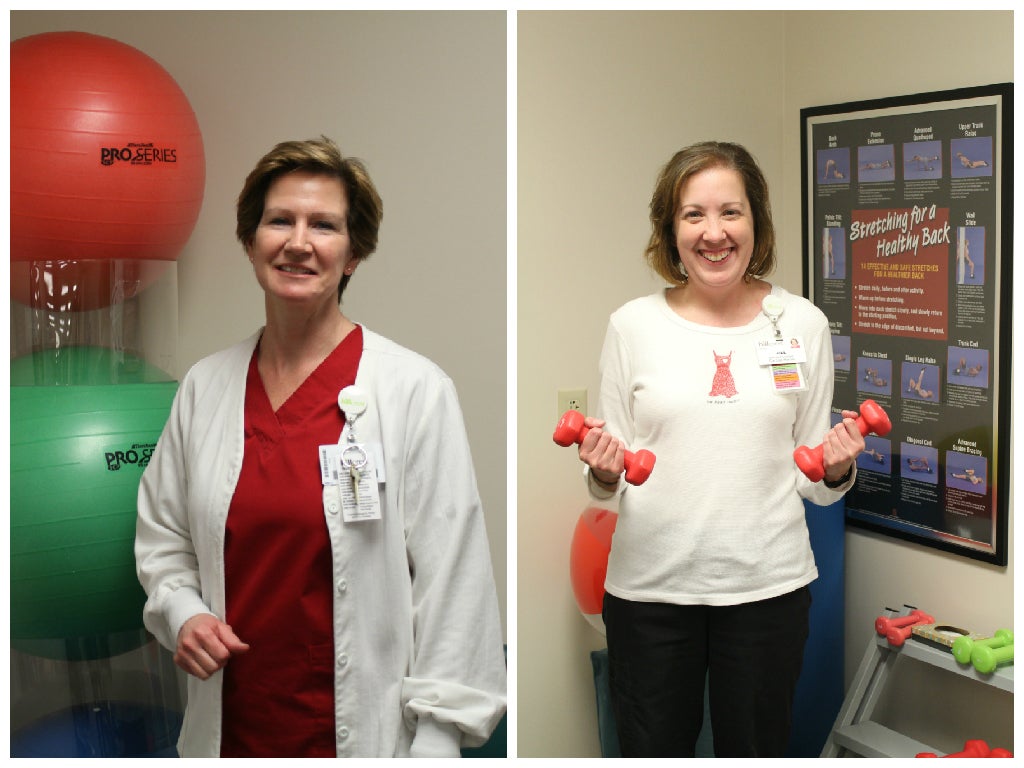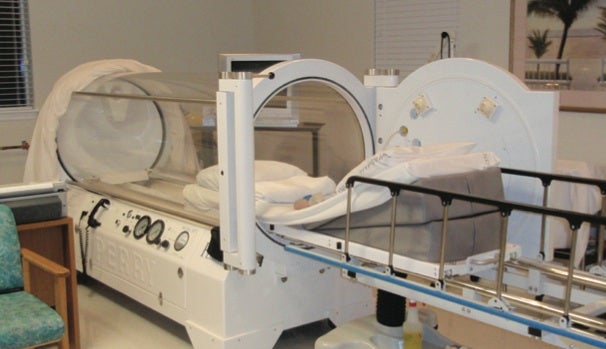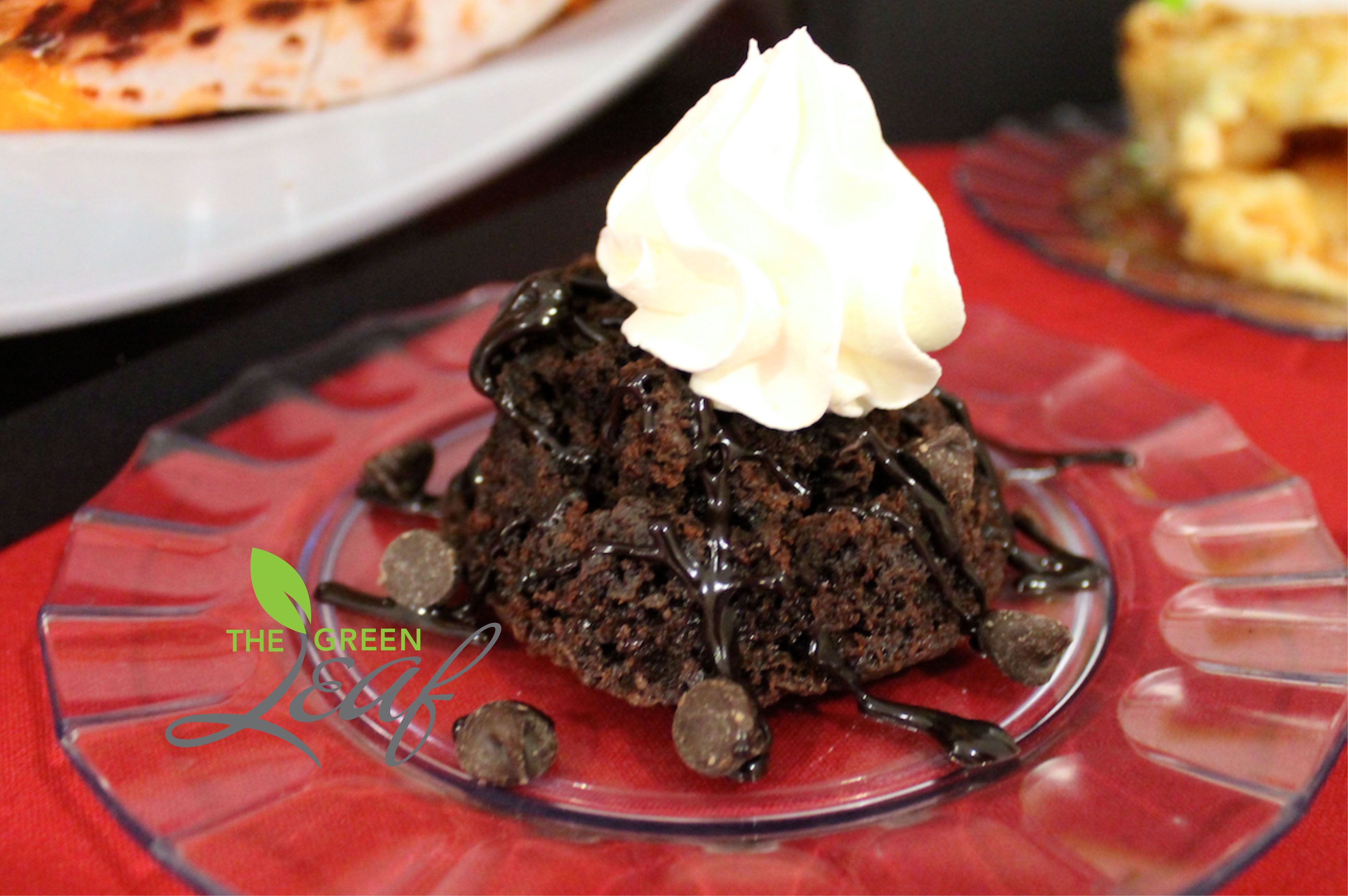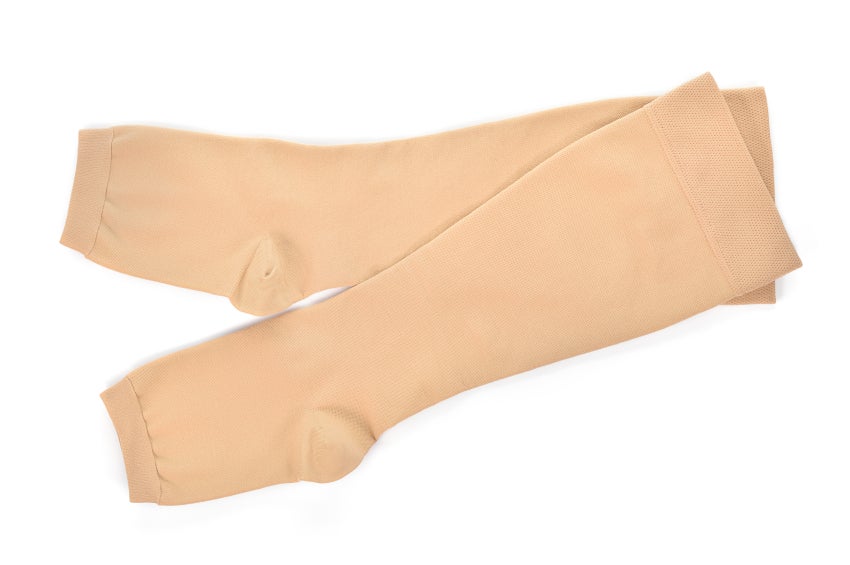When making better food choices for you and your family, it may not always be clear when roaming grocery aisles. When you pick up a box of cereal or can of vegetables, you’ll find a nutrition facts label on the package. You may not think to read all those tiny numbers; but taking a few minutes to understand them can do your health a lot of good. Here’s a quick look at what you need to check out before putting that package in your grocery cart:
News
After surviving a heart attack or major cardiovascular event, new questions, fears and doubt present new considerations for everyday life. What if I have another heart attack? Will I be able to go back to work? Resume my daily activities? How will I know when my heart has healed? Living with heart disease changes your life for sure, but under the guidance of your cardiologist your heart can get stronger and daily life will resume overtime.
The big game is fast approaching and aside from the football, commercials and half-time show, food is usually the center of the action of Super Bowl parties. If you are looking for a healthy recipe or something new to offer your family and guests this year, Hillcrest South dietitian Stephanie Harris, MS, RD/LD has a crowd-pleasing appetizer - Mediterranean Seven-Layer Dip. At only 110 calories per serving, you can enjoy the bold flavors without the guilt.
Prep time: 10 min. Makes: 24 serving; 1 serving = 2 Tbsp. dip & 5 chips each
Hillcrest South dietitian Stephanie Harris, MS, RD/LD, shares a few recipes and tips for enjoying classic holiday treats with a healthy twist.
When one hears the word "antioxidants" typically thoughts of fruits and vegetables come to mind. But, did you know that spices, herbs and even chocolate are also packed with antioxidant power?
Hillcrest South’s Advanced Wound Center offers patients in wound management a therapy to help speed healing by delivering 100 percent oxygen under increased pressure to the patient. Some wounds are resistant to healing without hyperbaric oxygen therapy, because they are defined as hypoxic, meaning they do not receive enough oxygen to form necessary collagen to heal.
“Food is our common ground,” once famously said James Beard, founder and president of The James Beard Foundation and The James Beard Award – one of the highest honors for culinary professionals in the U.S. His comment was simple, but true and one the professionally trained, talented and experienced chefs and dietary staff of Hillcrest South believe is just as true in a hospital environment as it is in the home or at a restaurant.
I get a burning feeling in the middle of my chest.
Yes ___ No ___
I often have this burning feeling after a meal or at night.
Yes ___ No ___
This burning feeling gets worse when I lay down or bend over.
Yes ___ No ___
Over-the-counter medicines such as acid reducers or antacids help the burning go away.
Yes ___ No ___
I frequently regurgitate (burp up) my food. Yes ___ No ___
There is a bitter or sour taste in the back of my throat.
Yes ___ No ___
When patients hear the terms TED (thromboembolic deterrant) hose and compression socks, they may think the two are interchangeable. They are two different types of compression garments for two different types of patients. In general, patients are prescribed one of the two for the treatment of various conditions, of which the most common are edema (fluid retention) and DVT (deep vein thromboses) or blood clots. Having the right compression garment for the right condition can not only expedite healing, but also help to keep the patient safe.
TED hose







